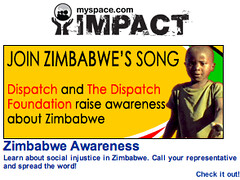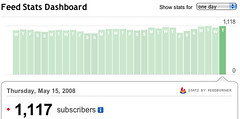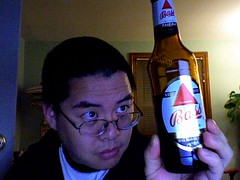Pixelated Business Marketing Conference
A while back, Mitch Joel posted his Pixelated conference series, a collection of seminars and sessions from conferences that contain the “best of the best” for any set of topics. I’ve been so busy doing stuff that I never got around to putting mine together until now. This version of Pixelated is focused on Business Marketing – ideas from sales, marketing, branding, and new media that should help any business do things a little better.
If this were a conference, a real life conference, I have no doubt that attending it would cost you thousands of dollars, at least for the first sessions. Thanks to the exceptional generosity of conferences and events who post their sessions, you can enjoy some of the best content on earth without leaving your chair.
Treat this as an actual conference. Take a day or half a day to watch the videos and give them your undivided attention. Have a bottle of water, a notepad, and an open mind as you watch the sessions, as if you were actually there.
Rather than just a pile of videos, I’ve also added brief annotations about why I think each session is important.
Updated: refreshed for July 2010, with some new sessions from TED and other shows.
Pixelated Business Marketing starts… now.
Seth Godin @ TED: This is Seth’s newest set of perspectives, based on his book Tribes. The evolution of marketing from mass media to hero culture of sorts.
Rory Sutherland @ TED: An amazingly funny and insightful talk about the creation of non-tangible value.
Malcolm Gladwell @ TED: This session ranks super high on my list because Malcolm gets you to think outside the box. What product or service do your customers deeply want but don’t know it?
Joseph Pine @ TED: If nothing else, this talk should make you think about what experiences are and how to give them to customers, rather than products or services.
Dan Ariely @ TED: Dan’s book, Predictably Irrational, is the basis for this talk about how our decision processes are flawed, including why consumers buy things they really shouldn’t.
Garr Reynolds at Google Talks: Garr is the author of Presentation Zen, a phenomenal book that asks you to look at how you present information and how you can make your presentations better, more impactful, and less boring.
Avinash Kaushik at Google Talks: Avinash is pretty much THE bottom line when it comes to web analytics. In this talk he goes over a good chunk of his book and also talks about data-drive corporate culture and its importance.
Seth Godin @ Inbound Marketing Summit: Seth is a master marketer. His talk goes over how you can make your products or services more remarkable.
David Meerman Scott from Inbound Marketing Summit: David’s book, the New Rules of Marketing and PR, power part of this talk as he goes over how the ground is changing underneath traditional business outreach.
NEDMA: I talk about email marketing and social media integration.
Optimization Summit: I talk about the best practices of email marketing.
Inbound Marketing Summit: I talk about whether or not your business should be podcasting.
Did you enjoy this blog post? If so, please subscribe right now!
Enjoyed it? Please share it!
Get this and other great articles from the source at www.ChristopherSPenn.com









 I got a hilariously off topic pitch from a PR firm today to the Financial Aid Podcast.
I got a hilariously off topic pitch from a PR firm today to the Financial Aid Podcast.


